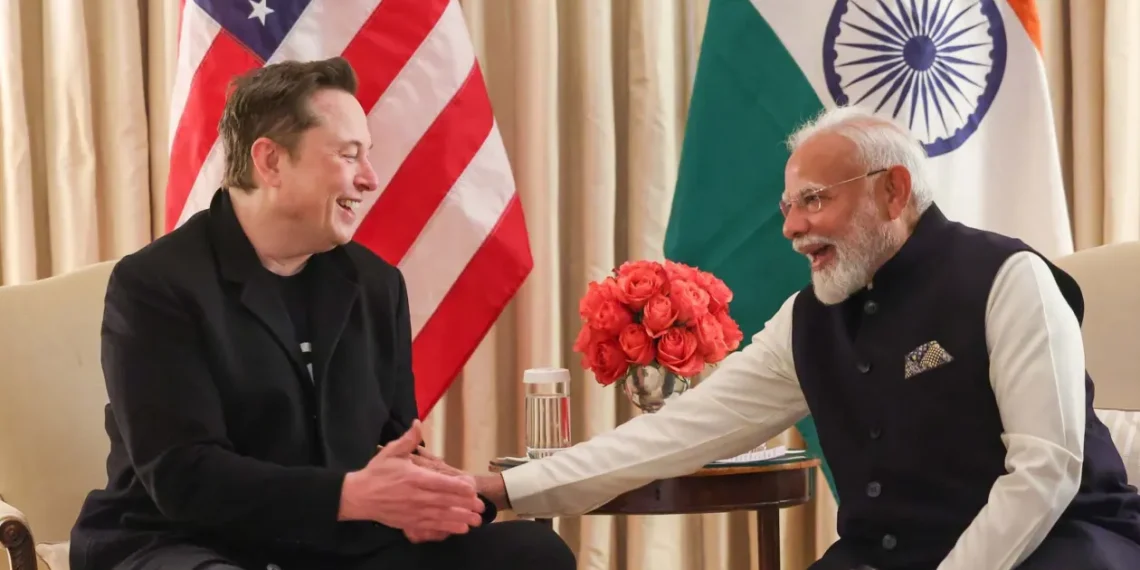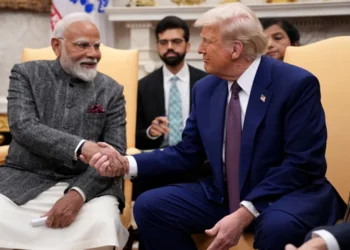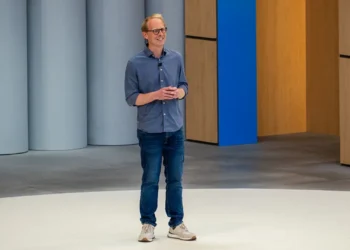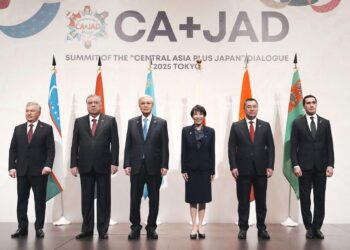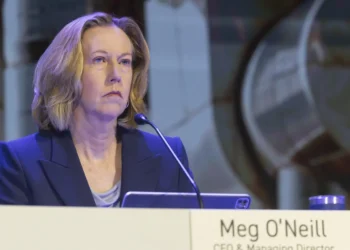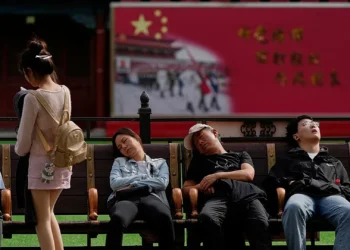NEW DELHI (Realist English). Elon Musk has long expressed interest in India, but until now, this interest rarely translated into real market entry. In 2021, Tesla suspended its launch plans due to disagreements over import duties. The same year, Starlink began accepting pre-orders but was forced to refund customers after failing to secure regulatory approvals. Even in 2024, when Musk was expected to meet with Prime Minister Narendra Modi in New Delhi, he canceled the visit and appeared in Beijing instead.
This pattern appears to be changing in 2025. Tesla has opened its first showroom in Mumbai’s Bandra Kurla Complex, while Starlink has received government approval to begin commercial operations in the country. These developments coincide with Musk’s recent public split from Donald Trump, interpreted by some analysts as part of a broader strategy to reduce political risk and diversify international exposure.
India offers a new strategic frontier for Musk, especially as U.S. and China relations become more complicated. For the Indian government, the arrival of Tesla and Starlink is a political and industrial win, aligned with the national push for domestic manufacturing and digital infrastructure. Still, the current scale remains modest.
Tesla’s focus is not on the mass market, but the premium segment. The Model Y, the company’s best-selling electric vehicle globally, is now officially available in India, priced at around ₹7 million (approximately $79,000). In comparison, India’s top-selling passenger cars typically cost less than ₹1 million. The launch signals Tesla’s intention to build brand presence among affluent consumers rather than compete on volume.
India is not a uniform market. Alongside a vast cost-sensitive base, there is a fast-growing luxury segment where companies such as BMW, Mercedes-Benz, and Audi are expanding their EV offerings. Tesla is now entering this space.
The Mumbai showroom is just the beginning. Under India’s revised EV policy, companies that commit to local production receive significant tariff benefits. In 2024, Tesla reportedly began scouting sites for a potential $2–3 billion EV manufacturing facility, which could lay the foundation for broader market access, supply chain development, and employment. However, there has been no official confirmation or construction activity since.
India’s charging infrastructure presents another challenge. Unlike the U.S. or China, where fast-charging networks are widespread, India’s EV ecosystem is dominated by two- and three-wheelers, most of which are charged at home. High-speed public charging remains limited to urban centers. For Tesla’s premium customers, fast-charging is essential. The company has started recruiting for infrastructure roles, but full deployment will require time and investment.
Starlink, meanwhile, targets a different segment: underserved rural regions. Despite India’s rapid internet expansion, fiber-optic connectivity remains costly and logistically difficult in remote areas. Starlink’s satellite-based solution aims to bypass these constraints. However, the typical $100+ monthly subscription fee is well above what most Indian consumers currently pay, indicating that the main strategy may be focused on government contracts — with rural schools, clinics, and administrative units.
According to media reports, Starlink is already in talks with Indian telecom operators including Reliance Jio and Bharti Airtel, suggesting a cooperative, not disruptive, approach.
Musk’s India moves also follow his public break with former President Trump in June, reportedly over disputes regarding trade and subsidies. While no direct link has been confirmed, the timing suggests a strategic shift — one that distances Musk from U.S. political tensions and positions him more globally.
For Indian consumers, the presence of Tesla and Starlink introduces new technological choices, though for now these are aimed at high-income and high-need segments. For investors, Musk’s engagement with India signals confidence in the country’s long-term growth trajectory. And for the Indian state, this may be the beginning of deeper industrial cooperation with one of the world’s most influential entrepreneurs.
Musk has spoken about entering India for years. What sets this moment apart is the fact that physical infrastructure is finally being built. The coming months will reveal whether this marks the beginning of a lasting presence — or just another stalled chapter in a complicated relationship.


